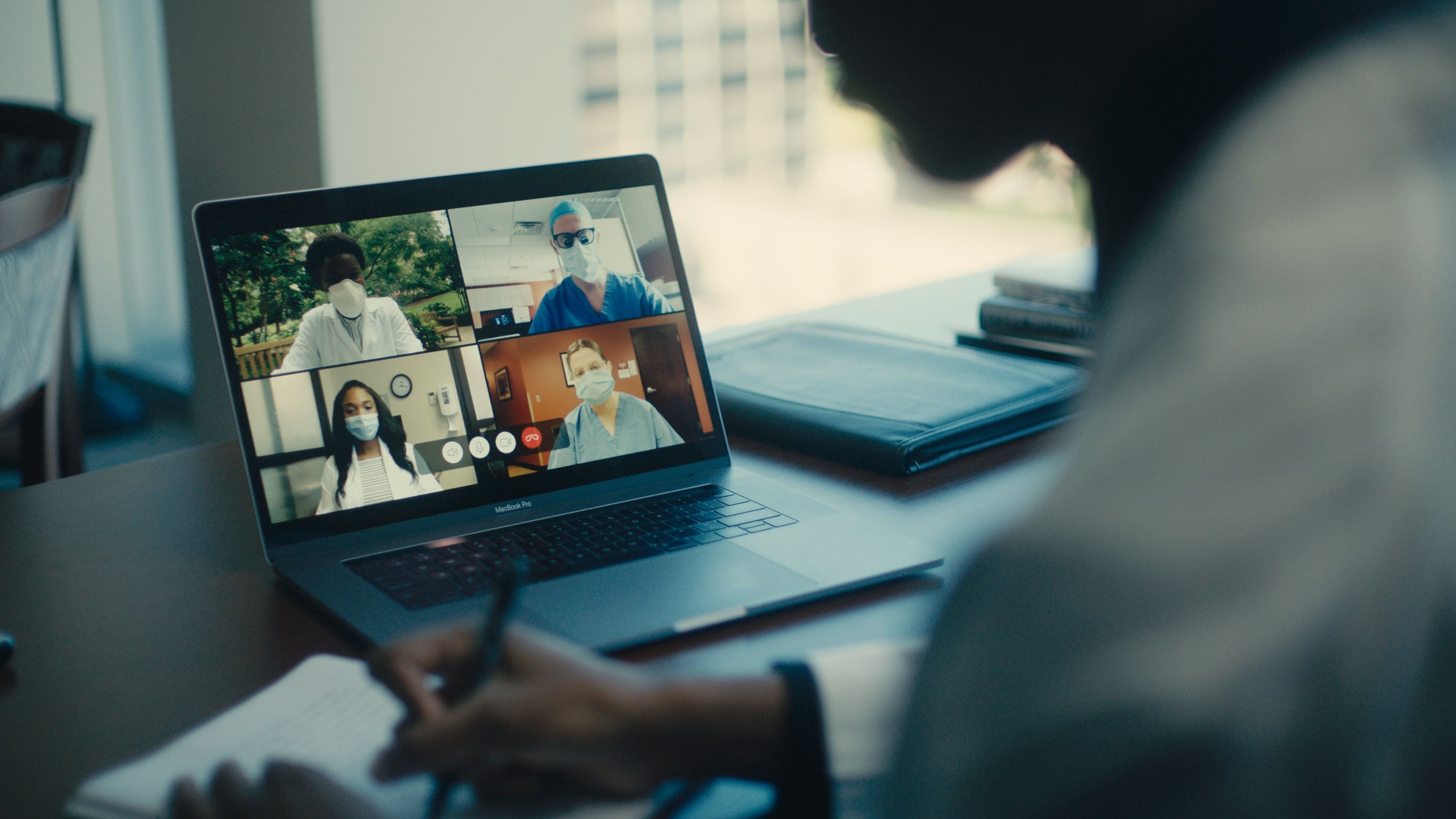Center for Biomedical Research Excellence (COBRE)
Mentoring Translational Research in Oklahoma
This award from NIH establishes a Center of Biomedical Research Excellence (COBRE) in Stephenson Cancer Center at the University of Oklahoma Health Sciences Center. The primary objective of the COBRE is focused on “Mentoring Translational Cancer Research” in Oklahoma to enhance cancer research and infrastructure in the state. To accomplish this goal, four Research Project Investigators (RPIs) and a mentoring team consisting of a mentor and co-mentor whose research expertise matches the focus of the RPI’s research project have been selected for funding in the initial phase of the award.
In addition, four Research Cores that will support the research goals of the center are funded. The proposed mentoring strategy will be further supported by Internal and External Advisory Committees that consist of nationally recognized research leaders. By utilizing this model, the COBRE is well equipped to mentor and foster a new generation of leading, NIH-funded investigators who will help to expand cutting-edge cancer research in Oklahoma and beyond. The RPIs’ diverse but related projects are integrated under the overall theme of “Tumor Biology: Resistance to Cancer Therapy and Mitigating Strategies.”
The mentoring team includes established scientists and clinicians with experience in cancer research and care. The COBRE is structured to actively promote partnerships between basic and clinical researchers from multiple departments and colleges across the campus, thereby strengthening multidisciplinary collaborations and translational research. Both the IAC and the EAC will monitor the progress of the COBRE as well as the PJIs’ research projects.
The specific goals of the COBRE are:
- To mentor RPIs in cancer research, enabling them to become independent NIH-funded investigators.
- To establish and develop research infrastructure to support cancer research, optimize the research environment for the PJIs, and form a research core resource for Stephenson Cancer Center.
- To foster and enhance collaborations between basic scientists and clinicians and to facilitate translational research directed toward the development of new diagnostics and treatments for cancer.
The COBRE serves to enhance the research base, infrastructure, and core capacities of the Stephenson Cancer Center as it has been awarded a competitive NCI Cancer Center Support Grant application. The focused and structured mentoring offered through this award -- in addition to assisting the RPIs in securing independent national funding -- will lead to the development of new and better therapeutics for cancer patients by promoting collaborative translational cancer research at the Stephenson Cancer Center. The COBRE serves to enhance the research base, infrastructure, and core capacities of Stephenson Cancer Center as it progresses toward submitting a competitive NCI Cancer Center Support Grant application. The focused and structured mentoring offered through this award -- in addition to assisting the RPIs in securing independent national funding -- will lead to the development of new and better therapeutics for cancer patients by promoting collaborative translational cancer research at the Stephenson Cancer Center.
This COBRE is supported by Grant Number P20GM103639 from NIGMS.
Investigators
Mentors
Several mentors have been supporting the MRCRO COBRE cores. Learn more about the mentors.
Cores
Administrative and Mentoring Core
Cell and Molecular Imaging Core
Cell and Tissue Analysis Core
Committees
Two committees are tasked with monitoring the progress of COBRE development. Learn more about the Internal and External Advisory Committees
Contact Information
Director
Danny N. Dhanasekaran, PhD
Danny-Dhanasekaran@ouhsc.edu
Administrative Coordinator
Barbara A. Turek
Barbara-Turek@ouhsc.edu
Administrative Assistant
Alisha Booth
Alisha-Booth@ouhsc.edu
(405) 271-6850
scc-cobre@ouhsc.edu


